Cacti without thorns: types and rules of care

At the mention of cacti, the idea of powerful plants protected by sharp thorns with a massive trunk involuntarily pops up. In fact, everything looks different: in nature there are cacti without thorns, which successfully settle in rooms.
Varieties of succulents
Many types of cacti do not look like succulents at all, but they nevertheless belong to this genus. Below are the varieties of needleless succulents.
Hatiora
The cactus has a strange shape, which suggests that the plant does not belong to succulents. The plant has no petals or leaves, only thin long stems. Hatiora resembles a coral bush in appearance.
The Brazilian plant blooms mainly during the winter and spring months. At the time of flowering, the process of formation of small chicken-colored flowers on the upper stems of the succulent begins. Hatiora stalks require a careful approach due to their sensitive integumentary tissue.


Ripsalis
The continent of South America is rightfully recognized as the birthplace of Ripsalis. The plant also spread in India. This plant, like the previous succulent, has an unusual shape for a cactus. Its numerous stems, long and thin, like threads, are ribbed in shape. Most often, gardeners and flower lovers place a cactus in a hanging basket, which fits very harmoniously into the interior of any room.
A variety of shades of flowers in abundance is manifested in the winter season.


The plant "takes" by its unpretentiousness: it is required to water it infrequently, to feed it - only in the spring. Due to the fact that Ripsalis has aerial roots, it is periodically necessary to spray it with warm water from a spray bottle. This is the only feature of Ripsalis care.
In order not to stress the plant, experts do not recommend moving the flower.
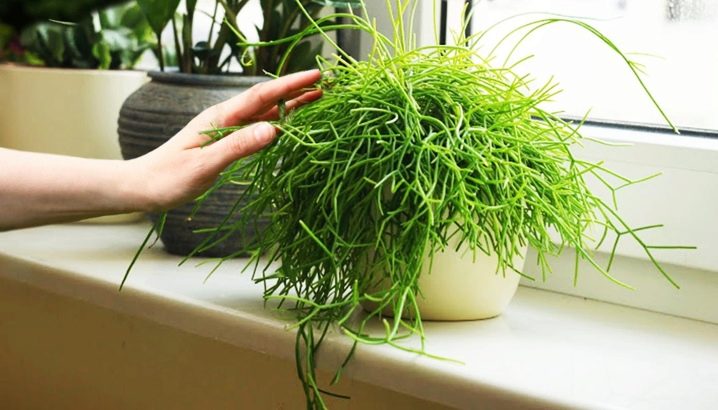
Epiphyllum
The people have another version of the name - "forest cactus". Distributed mainly in the tropical regions of America. The peculiarity of the plant is the absence of thorns and leaves. Gardeners fell in love with this succulent for its dark green stems and large flowers, reaching a radius of up to 6 cm.
The color scheme is very diverse: from purple to yellow, and there are also various variations using white and other shades.
Due to its delicate stems, Epiphyllum does not like the sun's rays, which can burn and dry out the stems and flowers.
To ensure that the soil is irrigated, it is necessary to test the soil for drying. Only after complete drying should the plant be moistened.

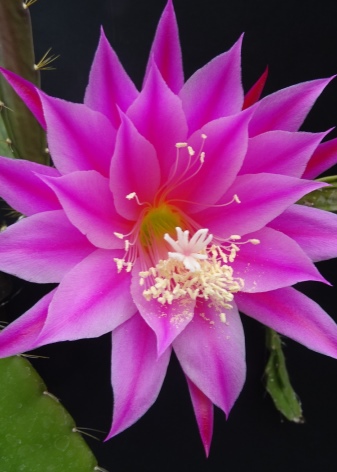
Peroxia
It is considered the most ancient plant species. It spreads and originates from northern Mexico. Its height and fleshy leaves make it look like a small bush or tree.
The leaves can be either green or purple. There is a chance that the leaves will be two-colored.
The leaves are very soft to the touch, safe to touch, as they do not have thorns. But, unlike the above types of cacti, thorns are present on the stems of the succulent.
Succulent flowers take on vibrant hues that delight the eyes of many gardeners.


Lofofora
The people also call the cactus Peyote. It got its distribution in the mountains of North America. The plant deserved special love among gardeners because of the stem in the form of a ball.
Visually, Peyote is composed of several parts that are connected together.
The flowering period is during the summer months. The "fruits" themselves are small, up to a maximum of 2 cm. The color range contains such shades as red, white, pale pink and others.

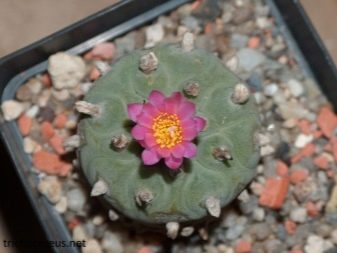
The plant is sensitive to direct sunlight, so it is better to provide it with bright, but diffused light.
Cacti have many varieties, which, in turn, are rich in characteristic features: differences in shape and appearance.

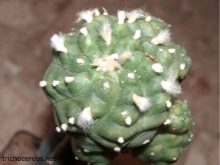

Watering conditions, temperature and humidity
All indoor plants require human care. These requirements are explained by their origin, height, predisposition to light and many other factors - a flat and short cactus requires one, a long one - another. Conditions must be created for the succulent to develop and bloom.
- For Hatiora experts call the ideal temperature the one that does not go over the +22 degree mark. Watering the plant is carried out no more than twice every 10 days. For the winter period, the number of waterings should be halved. The main rule when irrigating a succulent is the complete drying of the soil. It is not recommended to keep the plant in a draft.
- Home cacti Rhipsalis do not require constant humidification, as they calmly "extract" water from the air. The temperature requirements for the cactus are low: in winter, it is necessary to provide the cactus with a warmth of the room up to +24 degrees. A small feature that directly affects the watering of the plant is abundant irrigation during the summer months, when the air is especially dry.
- To temperatures Epiphyllum takes it seriously. In summer, it is recommended to provide +25 degrees indoors, in winter - a maximum of +15 degrees. The plant prefers diffused light, which is required for the succulent to bloom.
- Peroxia is a cactus for which moderate humidity is a priority. Also, the plant loves bright light. If we talk about temperatures, then the ideal solution for it is +24 degrees. It is necessary to approach the humidification of the succulent carefully: in the summer there are frequent irrigations, and in the winter the number of irrigations is significantly reduced.
- Temperature for Peyote does not play a big role: the maximum limit in summer is +40 degrees, and in winter it is recommended to keep it at a temperature not higher than +10 degrees. Watered a couple of days after the final drying of the soil, fertilized once a month.

Cacti are very beautiful, unpretentious plants. Anyone can contain a succulent, because this does not require special skills or efforts.
For information on how to care for Ripsalis and Epiphyllum, see the following videos.








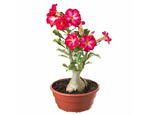




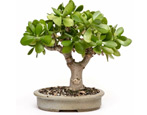




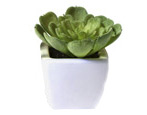








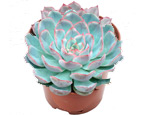



























The comment was sent successfully.